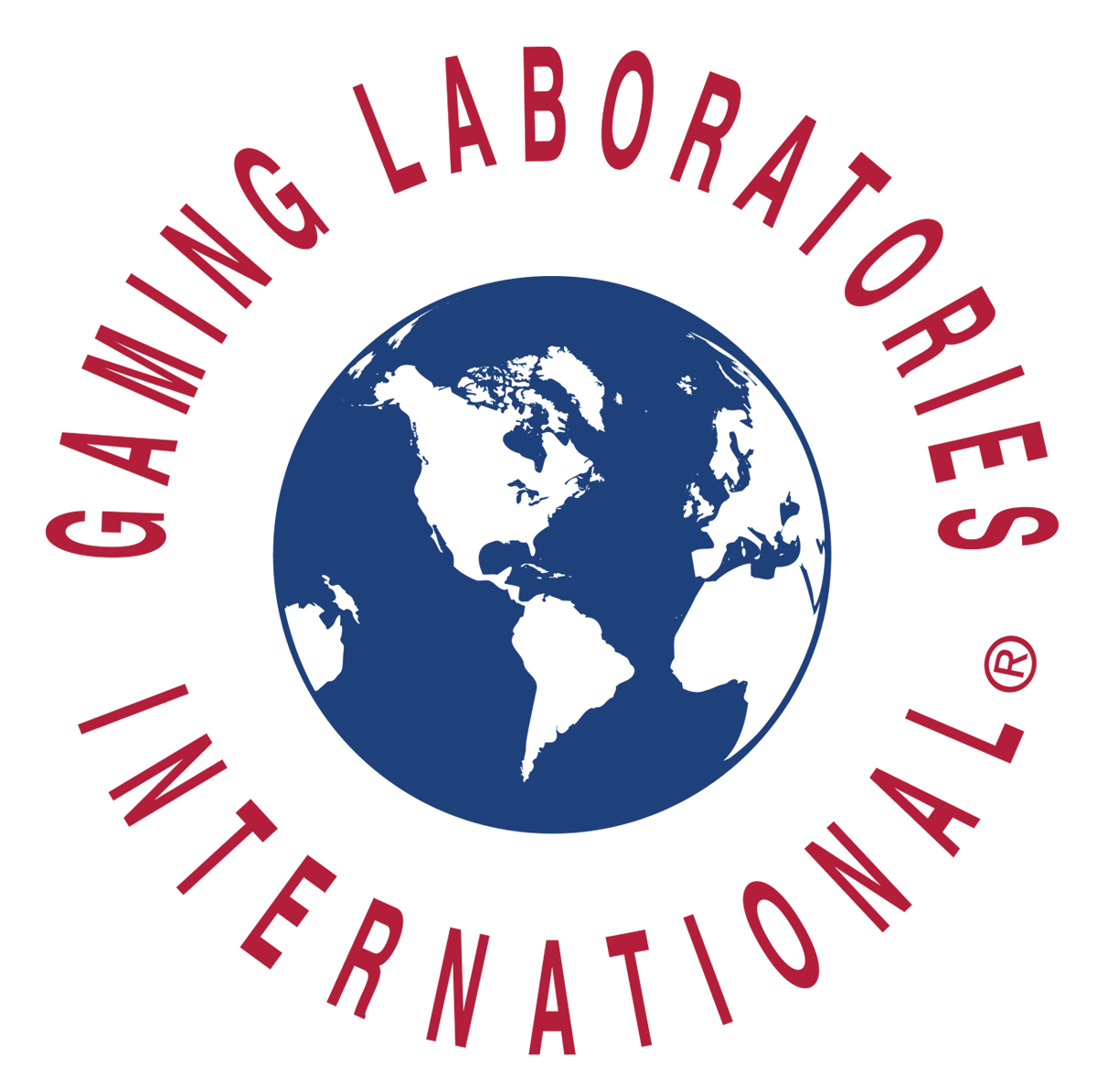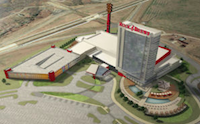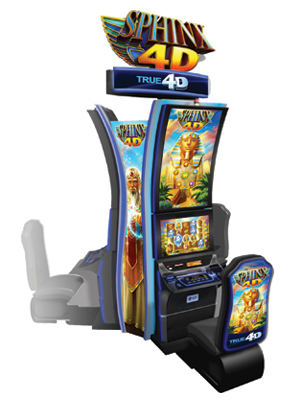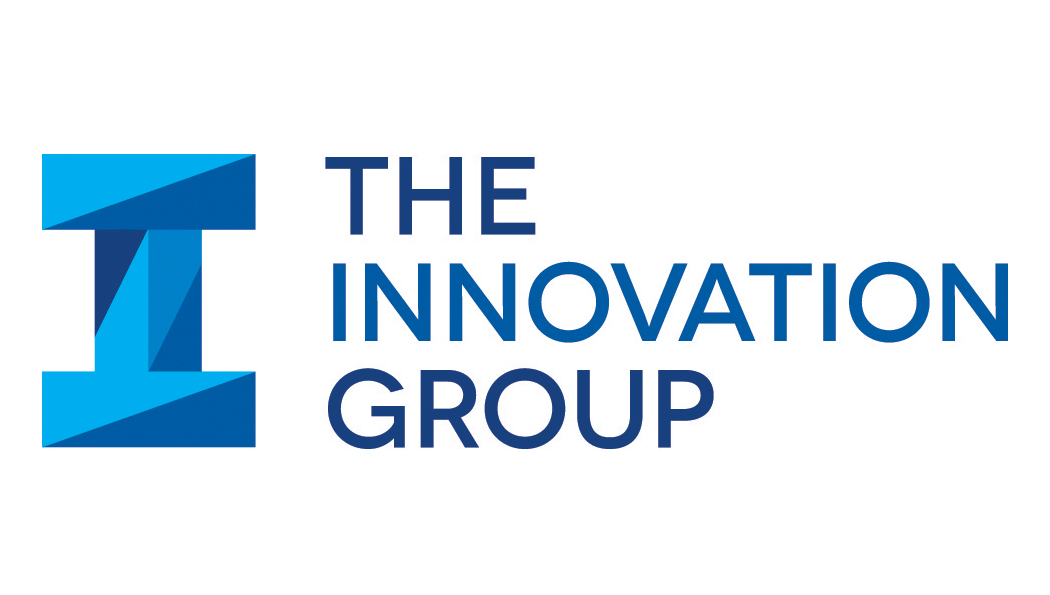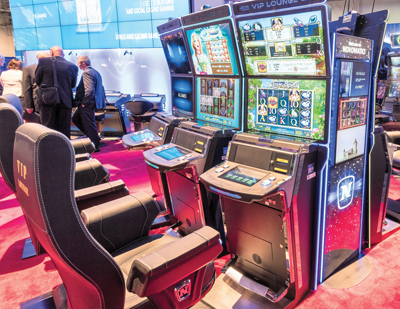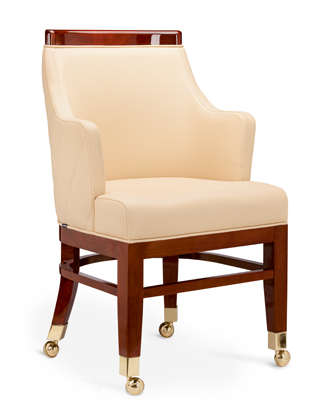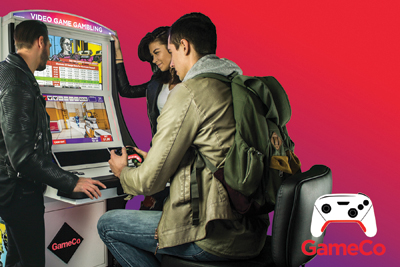
GameCo Inc. is a pioneering new company uniting the experience of playing video games with the excitement of gambling by creating the world’s first skill-based video game gambling machines.
GameCo’s VGM is the first platform to bring video game-based play to the casino slot floor, offering an entirely new way for players to wager on slot game entertainment. The patented VGM gambling platform allows a player’s skill to determine the payout and winnings, while maintaining the same return to players as traditional slot machines.
GameCo’s VGM aims to attract a new generation of casino customers by providing the opportunity to play video games on casino floors, with the first console-style video game controller approved for use in casinos.
Games include popular titles from top entertainment companies and publishers, featuring various genres and themes—from first-person action, sports and racing to fighting, platformers, puzzle games and more. GameCo develops VGM games under license from major game developers and entertainment IP companies.
Recent titles include Paramount’s Mission: Impossible and Ferris Bueller’s Day Off, and Terminator 2: Judgment Day from StudioCanal S.A.S.
GameCo changed gaming history in November 2016 as the world’s first company to debut video game gambling machines across casino floors, launching at all three Caesars Entertainment properties in Atlantic City, followed by the Tropicana. GameCo currently is in the midst of a major nationwide rollout, with plans to be operational in most major U.S. gambling jurisdictions by the end of 2017.
For more information, visit gameco.com.



